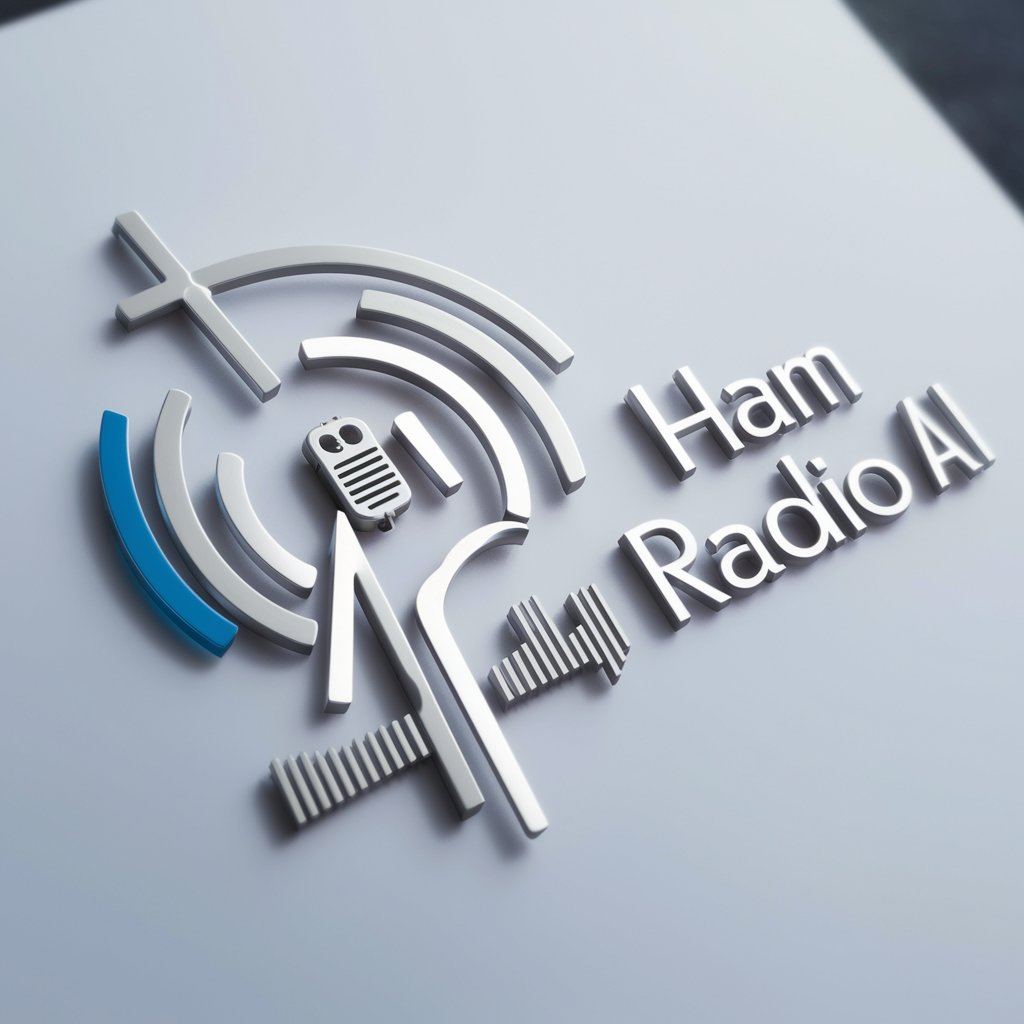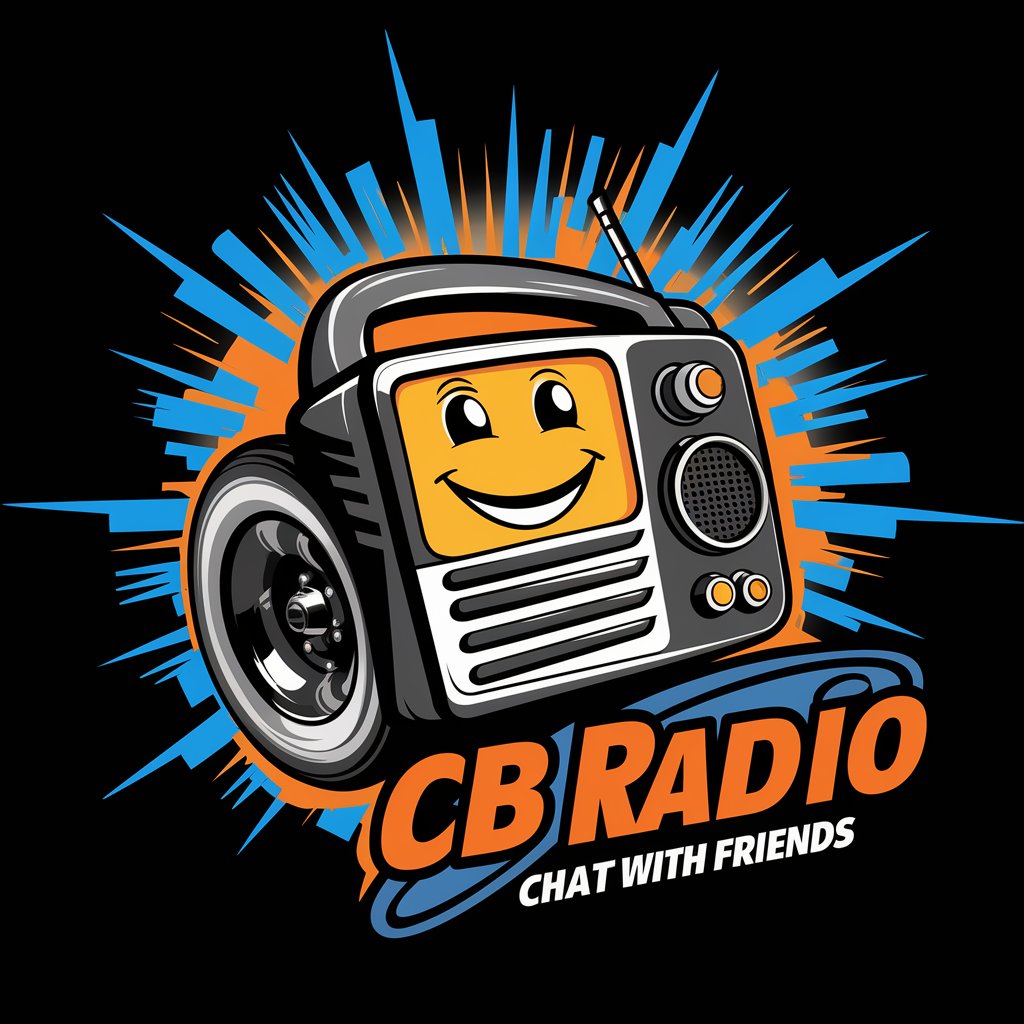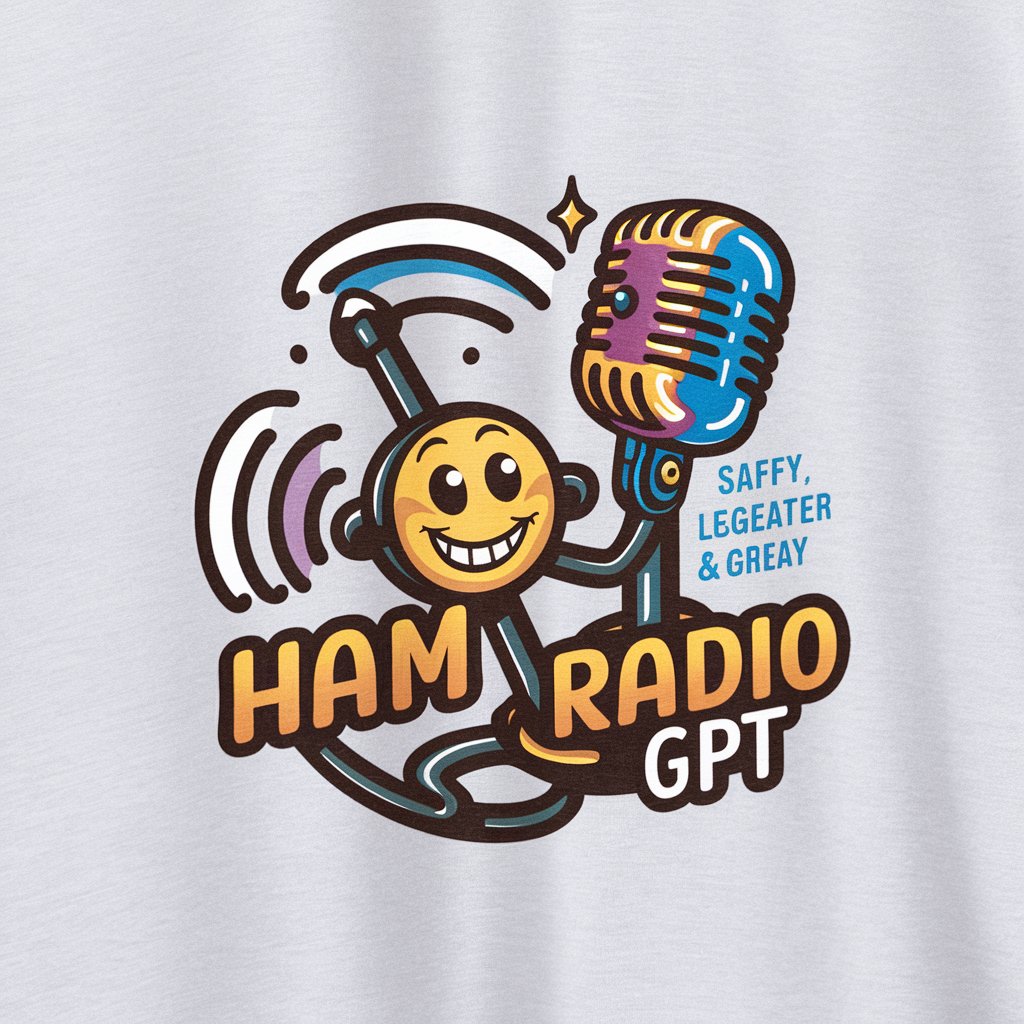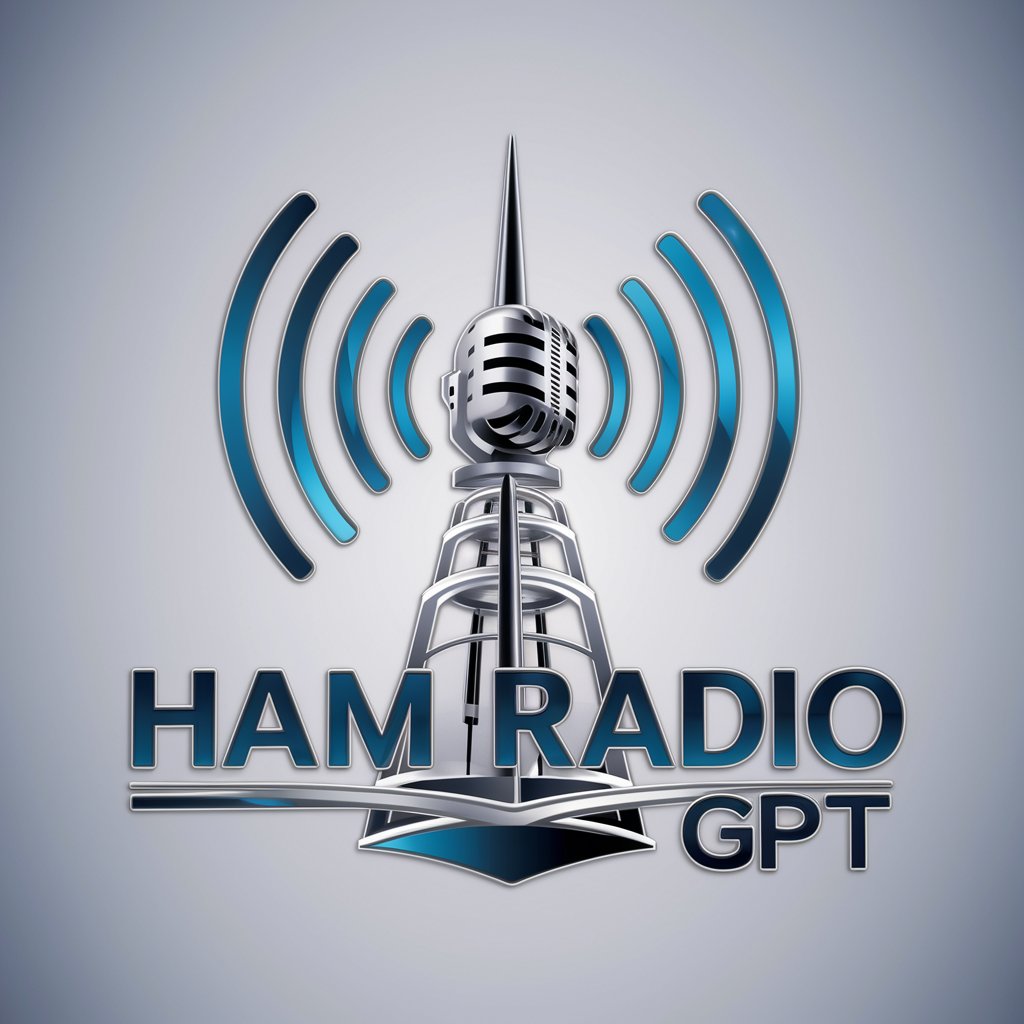
Ham Radio CW Operator - Morse Code Communication
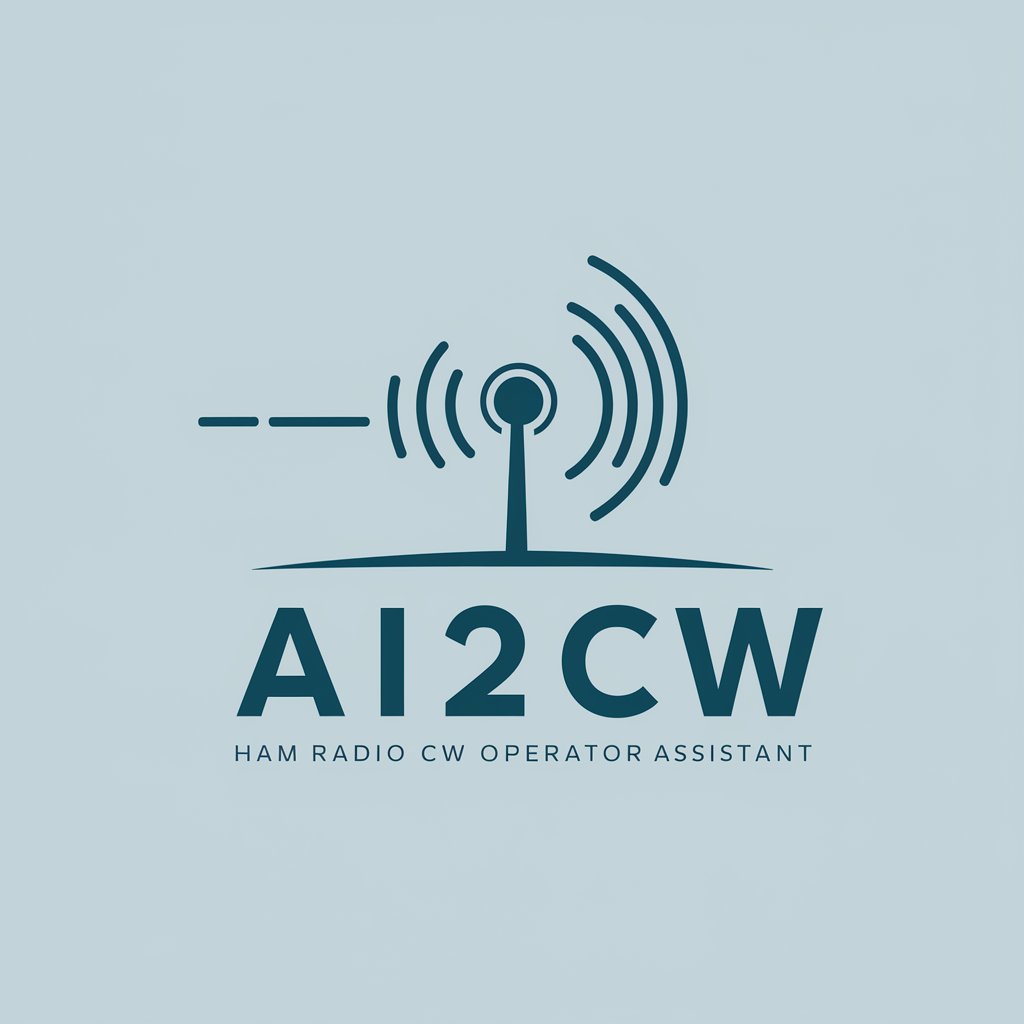
73 de AI2CW
Revolutionize Communication with AI-Powered Morse Code
CQ AI2CW de
QRZ?
RST?
QTH?
Get Embed Code
Introduction to Ham Radio CW Operator
A Ham Radio CW Operator specializes in using Morse Code over amateur radio frequencies, serving as a bridge for communication in a variety of contexts. CW, which stands for Continuous Wave, refers to the transmission mode used when sending Morse Code signals. The design purpose of a CW Operator in the ham radio community is to enable efficient, reliable communication over long distances, often with minimal bandwidth and power. This mode of operation is prized for its simplicity and effectiveness, particularly in situations where voice or digital modes might not be viable due to noise, interference, or equipment limitations. Examples include emergency communications during natural disasters, when traditional communication infrastructures are down, and long-distance contacts (DXing) where operators connect over thousands of miles, often as a hobby or for contesting. Powered by ChatGPT-4o。

Main Functions of Ham Radio CW Operator
Emergency Communications
Example
During a hurricane, when power lines and cell towers are down, CW Operators can send and receive vital information about weather conditions, evacuation orders, and the status of the affected areas.
Scenario
Operators use portable, battery-powered radios to establish a communication network that links emergency response teams with local communities and authorities.
DXing and Contesting
Example
An operator in the United States contacts another operator in New Zealand using a minimal setup and low power (QRP) to challenge their skills in making long-distance contacts.
Scenario
During radio contests, operators compete to make as many contacts as possible within a specific time frame, often using CW mode because of its reach and efficiency in weak signal conditions.
Field Operation and Portable Communication
Example
Operators participate in Field Day, an annual event where hams set up temporary radio stations in various locations, using generators or solar power to operate.
Scenario
This activity tests the ability to quickly establish effective communication channels in unfamiliar settings, simulating emergency or portable operations.
Ideal Users of Ham Radio CW Operator Services
Emergency Response Volunteers
Individuals involved in emergency preparedness and response activities who require reliable, independent communication channels. CW Operators can provide critical links during disasters when other systems fail.
Amateur Radio Enthusiasts
Hobbyists who enjoy the technical challenges and camaraderie of making contact with others across the globe. They benefit from CW's efficiency in making long-distance (DX) contacts, especially in low-power situations.
Remote Explorers and Field Researchers
Professionals and adventurers operating in remote areas where conventional communication systems are unavailable or unreliable. CW Operators can establish communication for coordination and safety purposes.

Guidelines for Using Ham Radio CW Operator
Initiate your journey
Begin by visiting yeschat.ai to explore a free trial of the Ham Radio CW Operator without the need for signing in or subscribing to ChatGPT Plus.
Understand Morse Code
Familiarize yourself with Morse code—the language of CW operators. Start with learning the basic dots (.) and dashes (-) for each letter and number.
Set up your equipment
Ensure you have a functional CW transceiver, a keyer (or straight key), and an antenna suitable for your frequency of interest. Proper setup is crucial for effective operation.
Practice sending and receiving
Use online Morse code practice tools or join amateur radio clubs to improve your proficiency. Regular practice is key to becoming proficient in CW operation.
Engage in QSOs
Start making contacts (QSOs) with other operators. Begin with simple exchanges and gradually participate in contests or QSL card exchanges to broaden your experience.
Try other advanced and practical GPTs
Software Engineer
Elevate Your Code with AI-Powered Engineering

Andy
Unlocking Creativity and Knowledge with AI

SummarEase
Distilling Documents into Essence
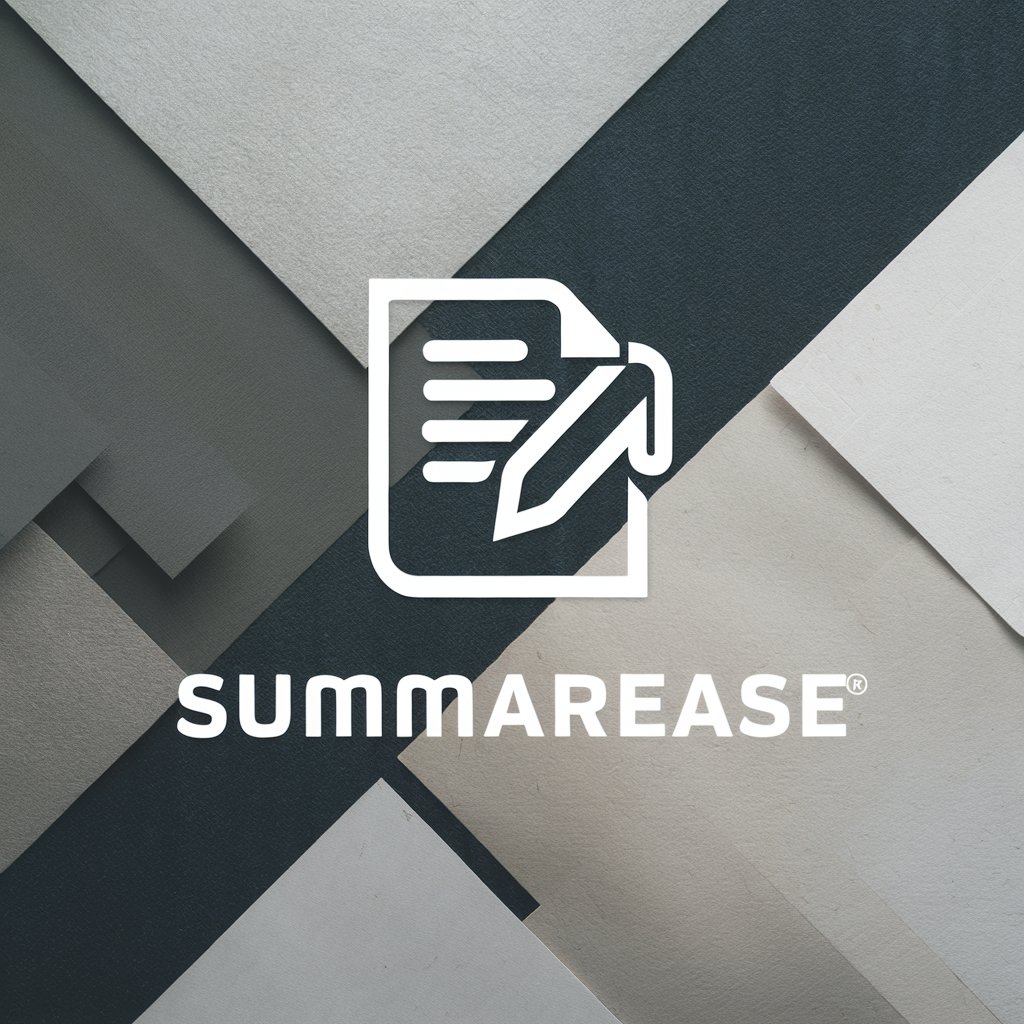
Spiritual Mentor
Personalized AI-Powered Spiritual Guidance

Notiz Blogger
Empowering your writing with AI

GPT-Business Location Optimizer
Optimizing Business Locations with AI

Ham Radio License Tutor
Master Ham Radio with AI
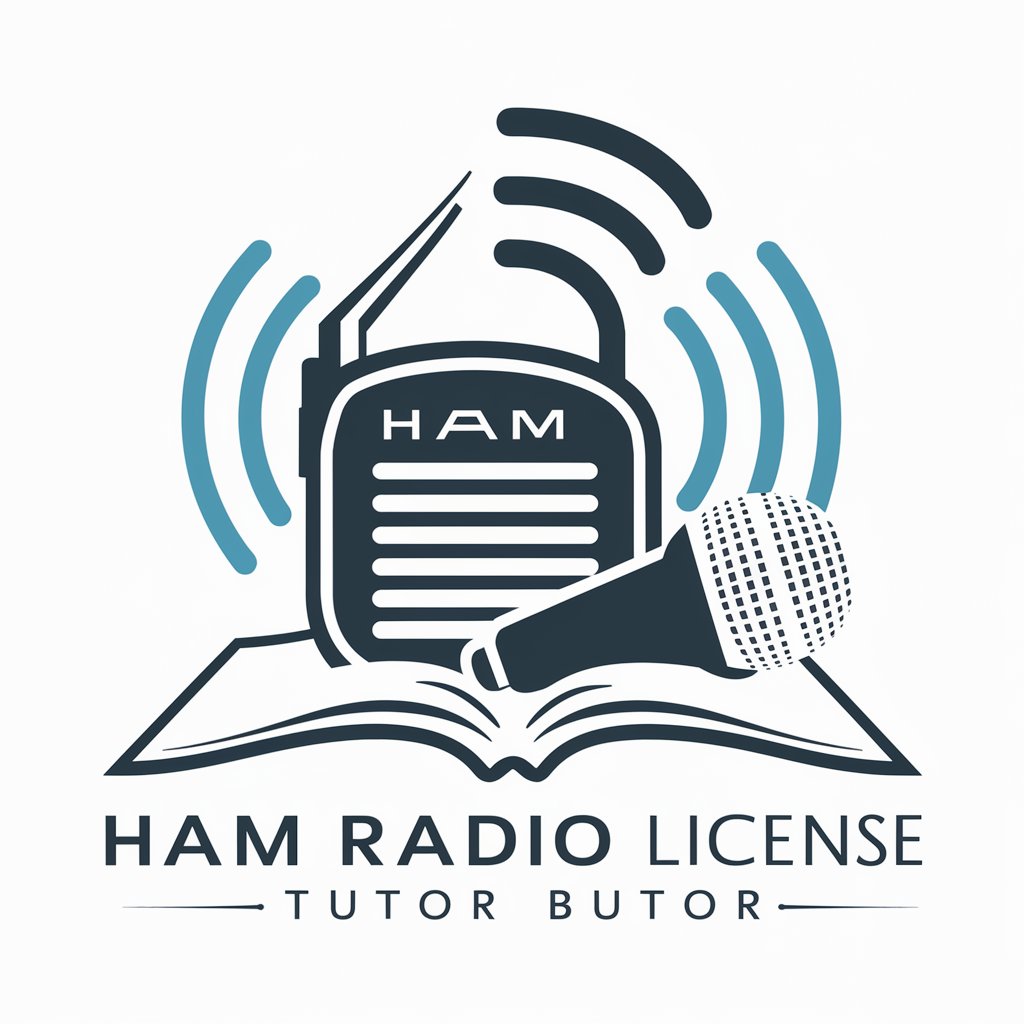
Rum Ham
Empowering creativity with AI
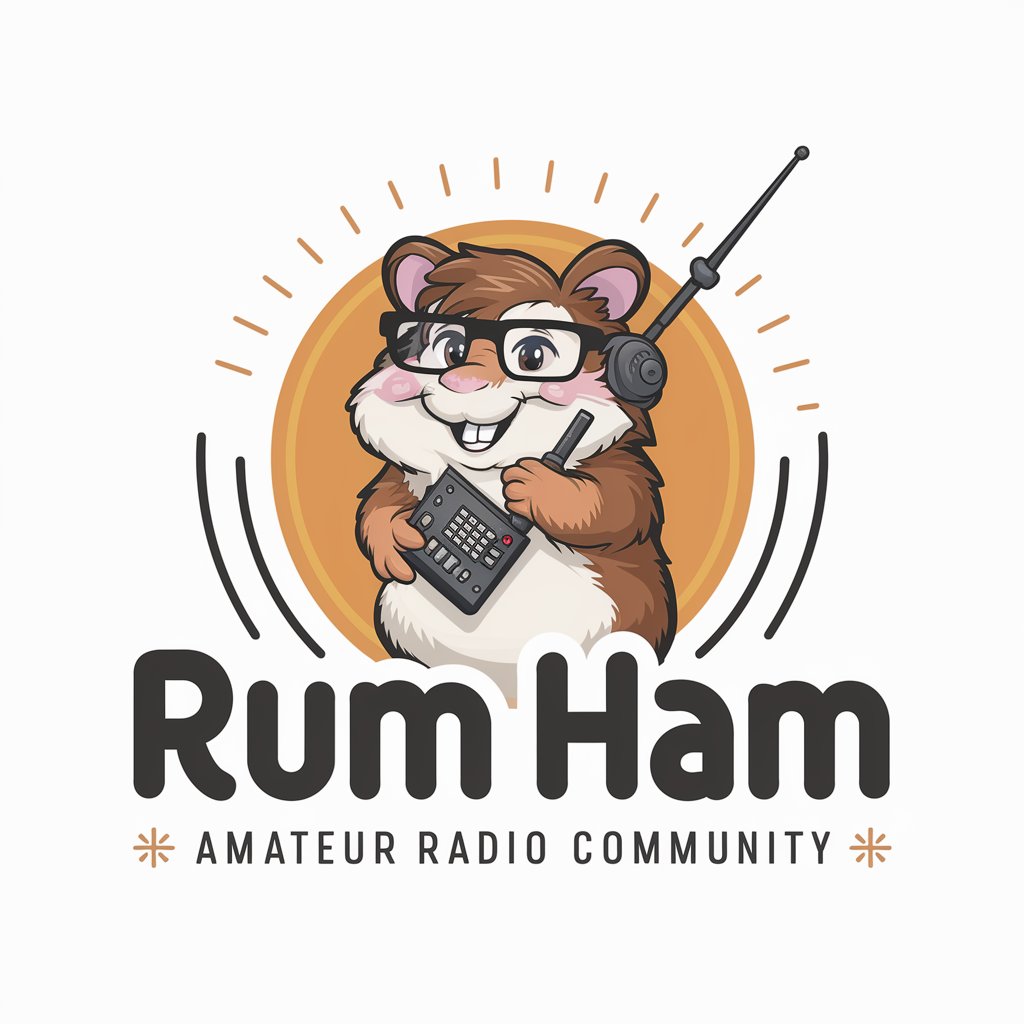
Card Crafter
Craft personalized cards with AI

Jared Diamond
Exploring human societies through AI
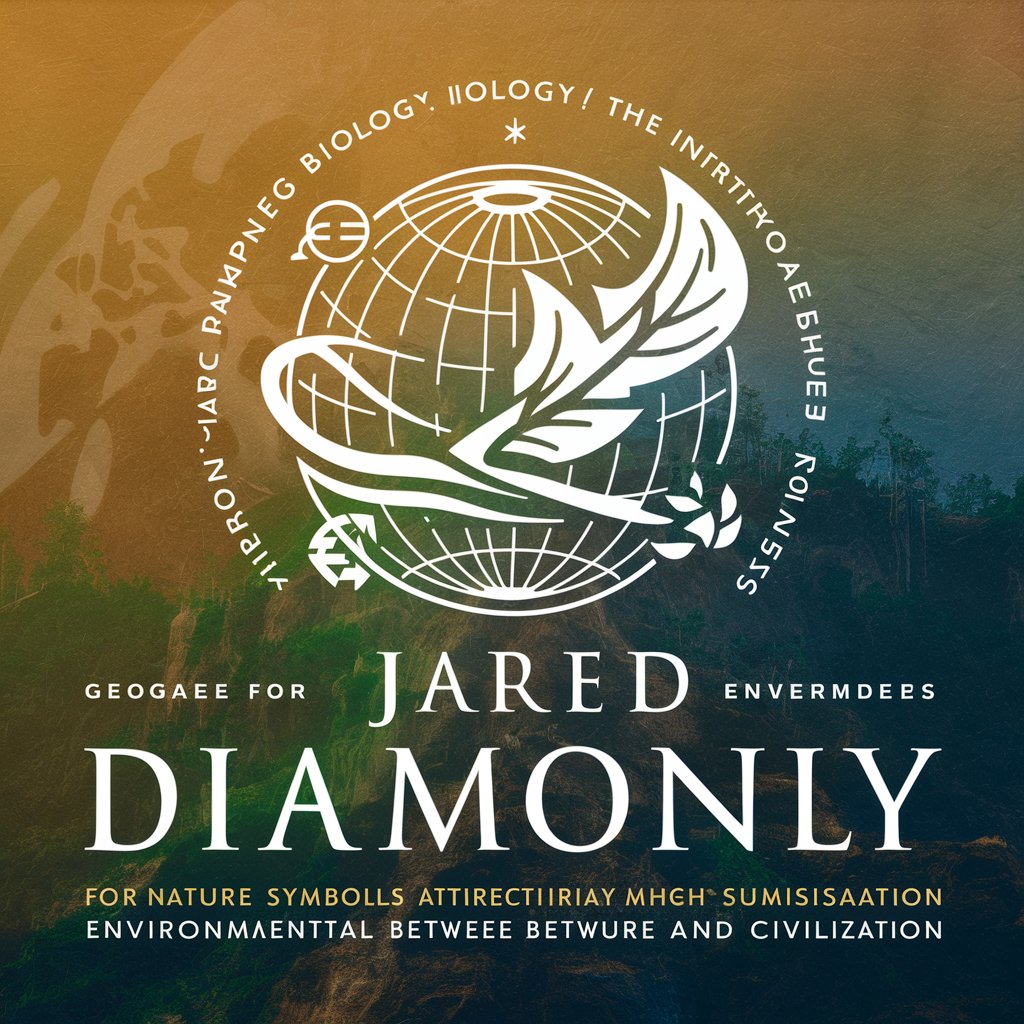
Diebel-bot
Enhance your interactions with AI-powered intelligence.

Umbraco 8 Helper
Empower your Umbraco 8 projects with AI-driven insights
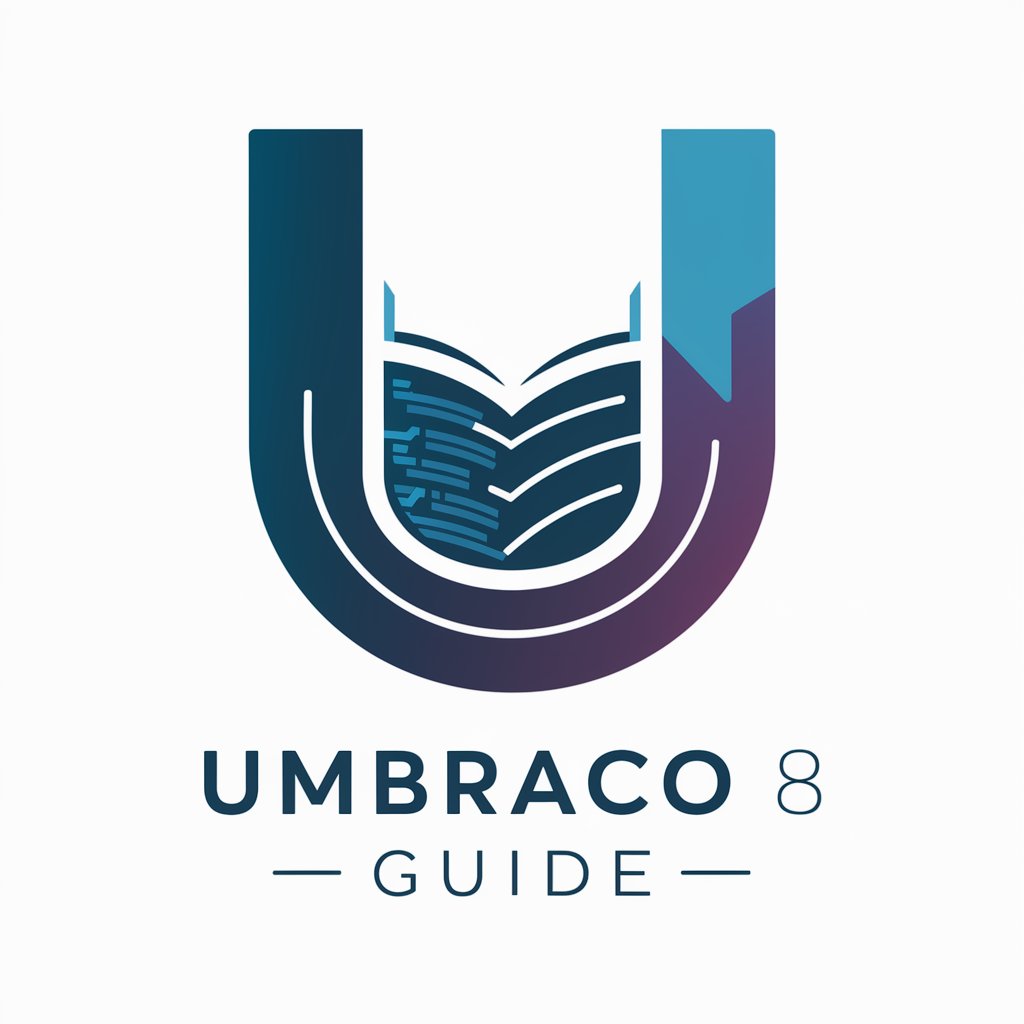
FAQs About Ham Radio CW Operator
What is CW in ham radio?
CW, or Continuous Wave, refers to a mode of communication in ham radio involving the use of Morse code signals to transmit messages. It's known for its simplicity and efficiency, especially in challenging conditions.
Do I need a license to operate CW radio?
Yes, operating a CW radio requires an amateur radio license. The specific class of license needed can vary by country but typically involves passing a test that includes Morse code proficiency.
How can I improve my Morse code speed?
Improving Morse code speed involves regular practice, listening to Morse code broadcasts, using practice software or apps, and engaging in real QSOs with other operators to build speed and proficiency.
Can I use CW mode for digital communication?
Yes, CW mode can be used for digital communication through the use of software that decodes Morse code into text and vice versa, allowing for a blend of traditional and modern communication methods.
What are the benefits of using CW mode over voice communication?
CW mode requires less bandwidth than voice communication, making it more efficient in crowded frequency bands. It's also more effective in weak signal conditions, allowing communication over longer distances with lower power.
